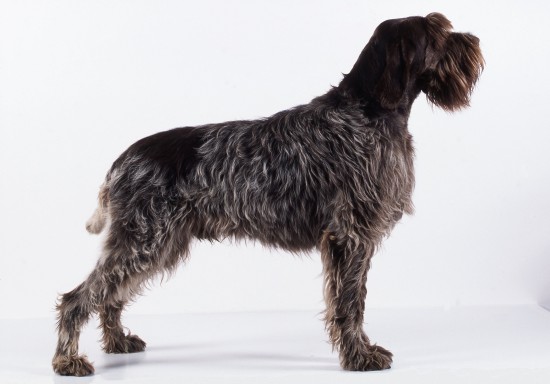Veterinarians - or vets for short - are doctors concentrating on animals. The word is derived from Latin "veterinae" meaning "draft animal". The term veterinarian was employed for the first time in the year 1646 by Thomas Browne. Today veterinary medication welcomes lots of different careers. Some vets work in a clinical setting and practice pet drugs on little animals like dogs, cats, and pocket pets. Other veterinary scrubs employees specialise in stock or production medicine, which includes beef and dairy cattle, sheep, hogs and chickens as well as equine medicine (race track, rodeo, show drugs ). Other specialties include lab medication on reptiles and rats ; as well as animal surgery, internal medicine, and dermatology. These latter specialties need post graduate training. The demographics of vets has changed dramatically during the past 25 years: until the 1980's the percentage of male to female vets was tilted significantly towards men, but during the past few years girls are the predominate veterinary faculty graduates.
Advanced veterinary certification enables some vets to chase careers in research, and many important medical discoveries have been made by vets including the isolation of oncovirus, and species of salmonella and brucella, as well as other pathogenic species. Researchers in vet scrubs were in the forefront of the fights against yellow fever and malaria in the U.S.; and it was a veterinarian who first noticed the appearance of West Nile illness in animals in the New York zoo. The identity of the agent which causes botulism was first discovered by a vet ; as was the anticoagulant which is used to treat coronary disease in humans. Many human surgical methods were first perfected on animals, for example organ and limb transplants, and hip joint replacement.
Because in the U.S. Veterinary colleges are frequently state-supported, preference for candidates is sometimes given to students from in state, and outside the state students face a prohibited share. Acknowledgments criteria vary considerably from state to state depending upon how many positions are available and how many in state candidates there are. As a result, in some states admission to veterinary faculty can be significantly more competitive than admission to medical school. Even between colleges in the same state, the percentage of student applications to acknowledgments can vary tremendously. Study abroad is possible, but overseas graduates are typically handicapped in making an application for post-graduate training. In the U.S. admission to veterinary faculty typically requires submitting scores on the GRE and MCAT or VCAT tests. The average GRE score for veterinary students in the U.S. Is 1350 ; and the average grade point average is 3.5. Additionally, specific undergraduate studies are required by the different veterinary schools ; as well as intensive animal related experience (on the order of one thousand hours or more). In North America veterinary faculty lasts four years, with one year dedicated to a clinical rotation. After passing a national board exam it is possible to pursue an internship or residency in white scrub jackets in advanced fields.
.

 Interesting Facts About Peregrine Falcons
Interesting Facts
Interesting Facts About Peregrine Falcons
Interesting Facts
 Is A Wirehaired Pointing Griffon The Right Dog For You?
Is A Wirehaired P
Is A Wirehaired Pointing Griffon The Right Dog For You?
Is A Wirehaired P
 10 Lovely Ways Your Cat Shows You Their Love
10 Lovely Ways Yo
10 Lovely Ways Your Cat Shows You Their Love
10 Lovely Ways Yo
 Everything You Need To Know About Gerbils
Everything You Ne
Everything You Need To Know About Gerbils
Everything You Ne
 All About Rex Cat Breeds - Curly Haired Cats
All About Rex Cat
All About Rex Cat Breeds - Curly Haired Cats
All About Rex Cat